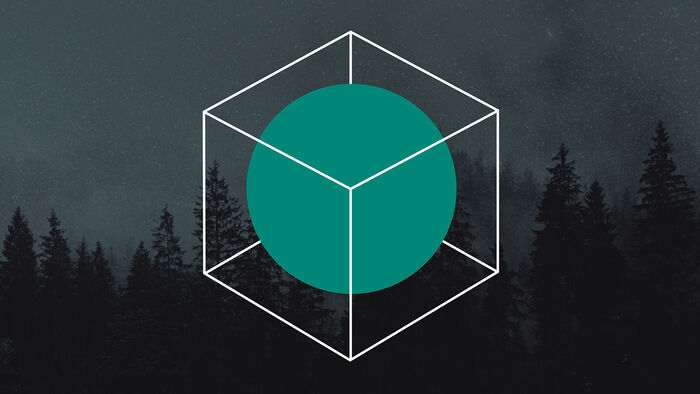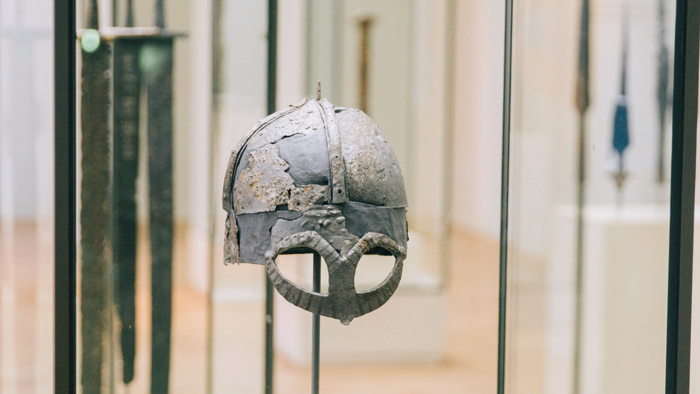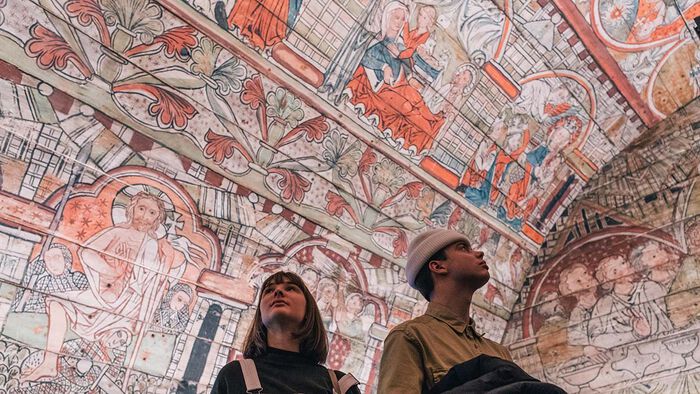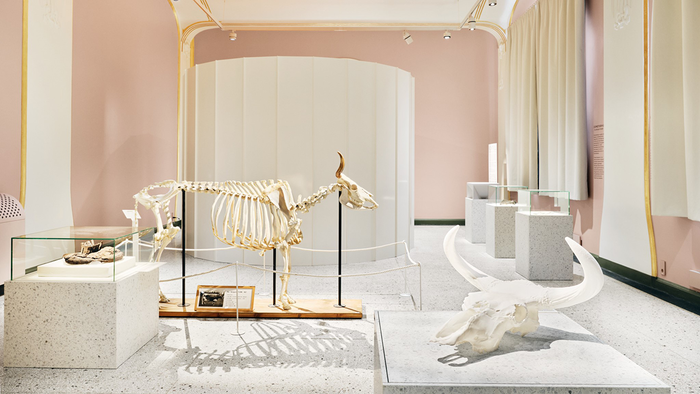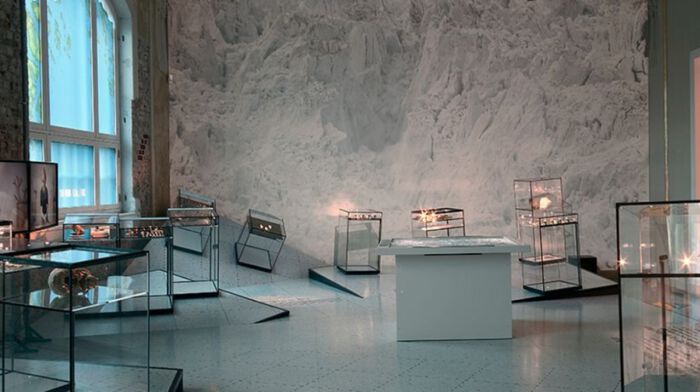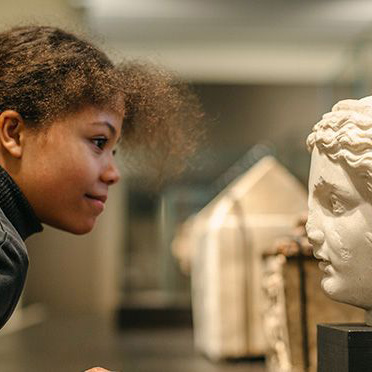A natural disaster in 1994 destroyed parts of the Nasa’s historic territory. The Colombian state obtained new land for the groups other places in the region. As part of the rebuilding process people carefully consid- ered how they wanted to continue their traditional culture and identity.
The Nasa have carried on the struggle for land rights for severe centuries – since the leader Juan Tama secured the first reservation rights around the year 1700, through the work of the indigenous organization CRIC (Consejo Regional Indígena del Cauca) the past 40 years. The land that the Nasa received recently from the state was organized in a traditional way as a reservation with communal ownership. People considered participating in such reservation togetherness important for their identity as Nasa. The reservation is ad- ministrated through an annually elected council or cabildo. The council organizes the weekly voluntary work.
The Nasa have traditionally lived spread out in the terrain connected to the land that they cultivate. They did not wish to continue this at the new place. Instead they build villages with schools and health centers. Here people emphasized teaching in the Nasa yuwe language and space for traditional and Western health services.
See more about the Nasa on the large screen at the entrance to the exhibition and on the exhibition’s website
See a movie about the Nasa
The Nasa people in Colombia: Healing sick nature
When a natural catastrophe destroyed the area of the Nasa people in 1994, a reconstruction process began that was about more than houses and roads. The Nasa sees a close connection between the health of the earth and the health of the people.
Restoring balance and contact between the Nasa, their traditions and their countries thus became central to this work.
The presentation is based on my fieldwork among the Nasa in 1996–1997.
Tone Wang, social anthropologist


